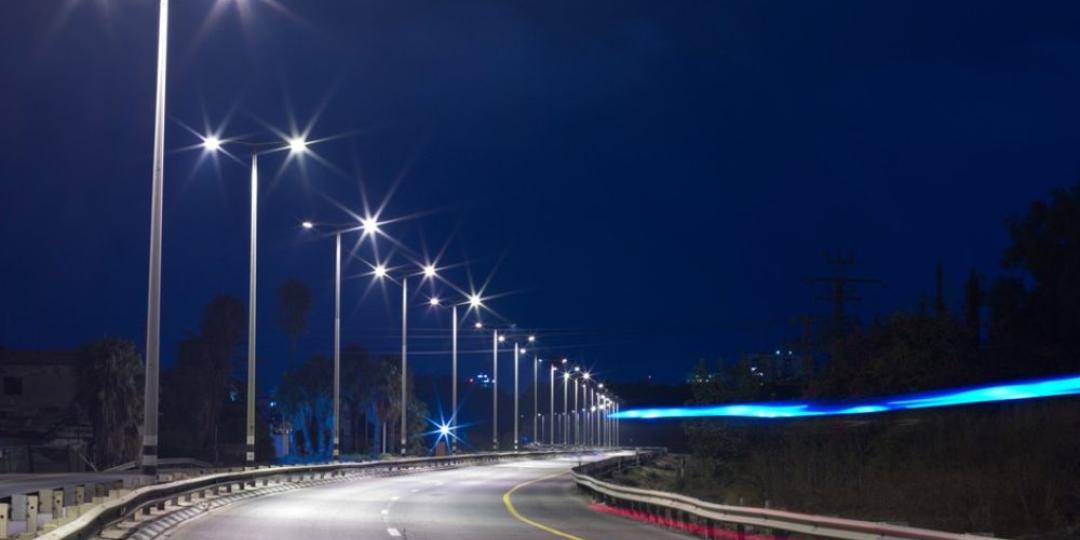by Win Njueh, CLASP
In South Africa, where public utility provider Eskom is facing a severe shortage in electricity supply – experts expect the country to face a protracted period of intermittent power cuts for at least another five years. In an effort to reduce the energy burden on the national grid, the government is raising efficiency levels for high consumption products like streetlights.
Improving efficiency and quality of streetlights
Inefficient, poor-quality lighting products result in higher energy consumption and costs for households, businesses and national governments. To increase efficiency and accelerate the adoption of high-quality lighting products, the Department of Mineral Resources and Energy (DMRE) and the South African National Energy Development Institute (SANEDI) are developing minimum energy performance standards (MEPS) for streetlights.
MEPS are efficiency policies used by regulators to ensure that products meet certain criteria related to energy performance. Implementing MEPS in South Africa will accelerate market transition to energy-efficient, climate-friendly products and prevent the country from becoming a dumping ground for products which are rejected elsewhere.
Low-quality streetlights burden taxpayers
South African municipalities spend an estimated one-third of their electricity consumption on street lighting installations. Without MEPS in place, municipalities are left with energy intensive, poor quality streetlights which have a short life span and contain harmful pollutants such as mercury.
In Durban, the eThekwini Municipality is responsible for the installation and maintenance of about 187 000 streetlights as well as lighting over 450 public amenities. The municipality spent over R1-million in April 2021 to replace faulty streetlights. By implementing MEPS, the country will transition to less energy-intensive lighting technologies with longer life spans, and lower operating and maintenance costs. The new standards are expected to reduce electricity consumption for street lighting by 40 to 70%.
“South Africa strives to be a regional leader in technology and energy efficiency. By developing MEPS for streetlights, we aim to reduce electricity consumption, improve the quality of streetlights nationally, and ensure we do not become a dumping ground for lighting technologies banned elsewhere,” says Maphuti Legodi, a policy officer at the DMRE.
Efficient lighting stimulates local industry and economic growth
Thanks to major advances in light-emitting diode (LED) technology, LED luminaires are a cost-effective, safe alternative to High Intensity Discharge (HID) lamps and fluorescents. MEPS will provide an opportunity for local LED lighting companies to expand business operations and employ local staff to supply the national market and export to neighbouring countries.
City Power, which has over 300 000 streetlights, has allocated R125-million for the installation of new LED streetlights over the next three years. This initiative will see the installation of 5500 new luminaires primarily in townships and suburbs. The company also set aside R30-million for retrofit programmes as part of a long-term plan to improve the efficiency of streetlights and transition to clean, long-lasting, and environmentally friendly LED streetlights.
“Across South Africa, municipalities are becoming familiar with LED streetlights, and the value proposition they offer including longer life, lower running costs, better light quality and so much more”, said Ashanti Mogosetsi, Standards and Labelling Programme Manager at SANEDI.
“But as with any product, there can be good and poor-quality LED streetlights, so we are working with the government to improve street lighting standards to accelerate the transition to good quality LED streetlights for cities and towns.”
South Africa champions global lighting regulations
The decision to develop a streetlight MEPS follows another proposed mandatory specification for general service lamps which would automatically transition the country to LED lighting, phasing out mercury-containing compact fluorescent lamps (CFLs). These MEPS also align with regional efforts to accelerate the transition to clean, mercury-free LED lighting products. In May 2021, the South Africa Development Community Cooperation in Standardisation (SADCSTAN) approved regional lighting regulations.
“In terms of general service lighting regulations, South Africa is paving the way not only for African countries, but also for other developing and developed nations,” explains James Wakaba, East Africa Director of CLASP, the technical experts supporting the streetlight policy development in South Africa.
Africa proposes a global phase-out of fluorescents
In April, representatives from the Africa bloc proposed an amendment to the Minamata Convention on mercury to eliminate exemptions for inefficient, toxic, mercury-based fluorescent lighting. The Africa Lighting Amendment calls for a global phase-out of the most common fluorescent lighting products by 2025, citing the rapid development of LED lighting technologies and the emergence of new LED companies in Africa.
Trends over the last five years have seen LED lamps become readily available and affordable. Today, mercury-free LED retrofit bulbs are available in stores across South Africa. LED light bulbs directly replace virtually all types of conventional light bulbs offering a wide variety of sizes, lengths, colour temperatures, colour rendering and levels of light output.
“Expanding appliance efficiency policies to street lighting demonstrates South Africa’s commitment to transitioning to clean, energy-efficient lighting,” says Wakaba. “This move will stimulate local market growth and provide South Africans with an improved, safer lighting experience.”
About CLASP
Clasp is a non-governmental organisation (NGO) which seeks to improve the energy and environmental performance of the appliances and equipment we use every day.
For more information, visit https://www.clasp.ngo/















